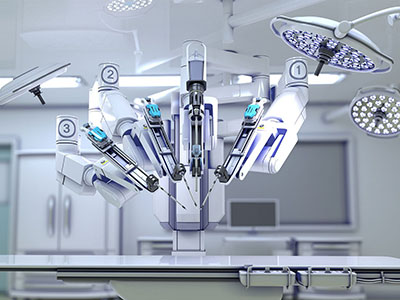
What can robotic arms do ?
Robotics technology has advanced rapidly over the past few decades, and one of the most impressive achievements in the field is the development of robotic arms. These mechanical limbs are capable of performing a wide range of tasks, from manufacturing and assembly to surgery and space exploration. In this article, we will explore the capabilities of robotic arms and the various industries that benefit from their use.
One of the primary functions of robotic arms is manufacturing and assembly. In industries such as automotive and electronics, robotic arms can be used to perform repetitive tasks with precision and speed that is difficult to achieve with human labor. These arms can be programmed to perform specific actions, such as welding, painting, and picking and placing parts. They can also be equipped with sensors that allow them to detect and adjust for variations in the size and shape of the objects they are manipulating.
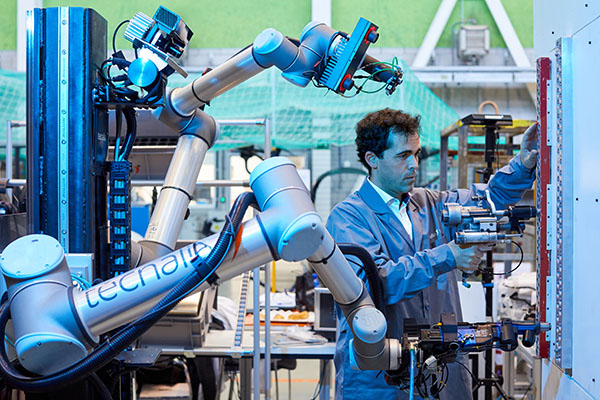
Robotic arms are also commonly used in the medical field. They are used in minimally invasive surgeries, allowing surgeons to perform procedures with greater precision and control. These arms can be controlled by a surgeon sitting at a console and using a joystick or other input device. The movements of the surgeon’s hands are translated into movements of the robotic arms, which are able to navigate through small incisions with greater dexterity than a human hand.
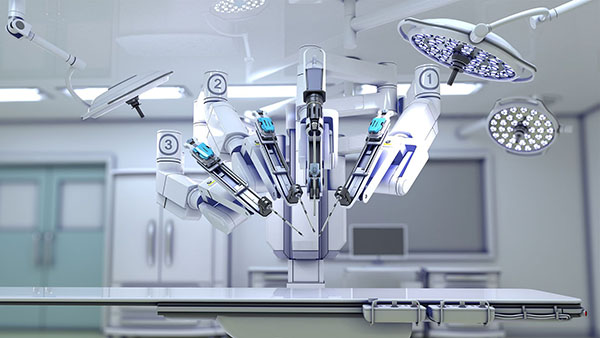
Another industry that has benefited from the use of robotic arms is agriculture. These arms can be used to perform tasks such as planting and harvesting crops, as well as monitoring and maintaining the health of plants. They can be equipped with sensors that allow them to detect and respond to changes in soil moisture, temperature, and other environmental factors.
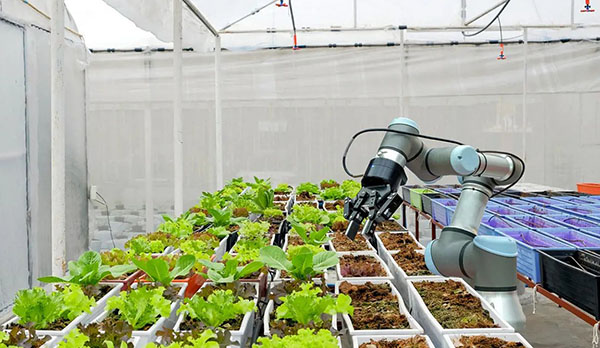
Robotic arms are also used in space exploration. They have been used to perform tasks such as repairing and maintaining satellites and the International Space Station. These arms can be operated remotely by astronauts or ground-based operators and can be equipped with tools and sensors that allow them to perform complex tasks in the harsh environment of space.
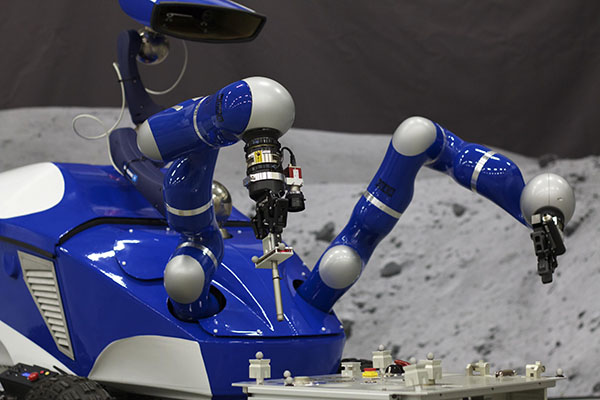
In addition to these industries, robotic arms are also used in a variety of other applications. They can be used in the entertainment industry to create lifelike animatronics for movies and theme parks. They can also be used in research, allowing scientists to manipulate objects and perform experiments with greater precision than is possible with human hands.
One of the key advantages of robotic arms is their ability to perform tasks that are dangerous or difficult for humans to perform. For example, they can be used to handle hazardous materials or to perform tasks in environments that are too hot, cold, or otherwise inhospitable for humans. They can also be used to perform tasks that require extreme precision, such as microsurgery or assembling small electronic components.
Another advantage of robotic arms is their ability to work continuously without fatigue or the need for breaks. This allows them to perform tasks around the clock, increasing productivity and efficiency.
Despite their many advantages, robotic arms do have some limitations. For example, they are typically more expensive than human labor and require specialized training to operate and maintain. They also require a significant amount of programming and calibration to ensure that they perform tasks accurately and efficiently.
In conclusion, robotic arms are a versatile technology that is used in a wide range of industries. They are capable of performing tasks that are dangerous, difficult, or impossible for humans to perform, and they can work continuously without fatigue. While they do have some limitations, their many advantages make them an important tool for increasing productivity, efficiency, and safety in a variety of applications.
